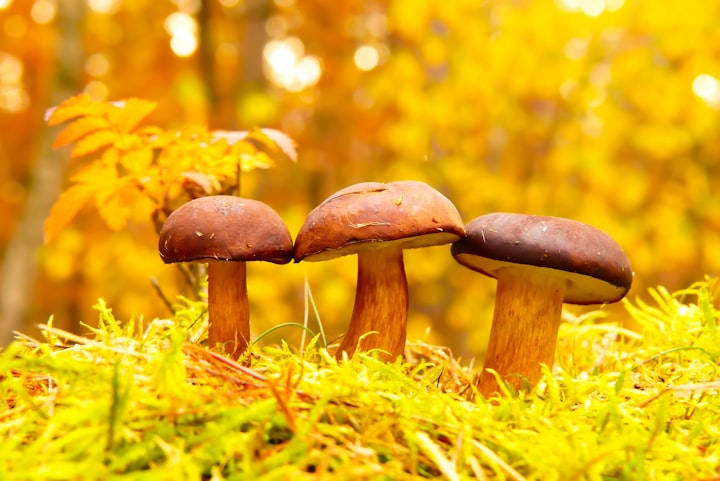The Mysteries of the Deep Blue Sea: Unveiling Nature's Hidden
Unveiling Nature's Hidden!!

Introduction:
Beneath the vast expanses of our planet's oceans lie enigmatic realms that continue to captivate our imagination. While oceans are often seen as separate entities, they are in constant motion, merging and intermingling, defying the imaginary borders we've drawn on our maps. This article takes you on a journey through the depths of the Pacific and Atlantic Oceans, explores the captivating shades of blue in the water, unveils the wonders of Cape Horn, and reveals the existence of underwater rivers. Get ready to embark on an adventure into the unknown.
The Pacific and Atlantic Oceans:
The Pacific Ocean, the largest and deepest body of water on Earth, holds secrets that surpass the depths of the Grand Canyon. Meanwhile, the Atlantic Ocean claims second place with its unique characteristics. However, the ocean's individuality extends beyond its size, with variations in salinity distinguishing the Atlantic from the Pacific and Indian Oceans. The Red Sea and the Mediterranean, even saltier still, possess their own distinct flavor.
Cape Horn: Where Oceans Collide:
Scrolling southward on a map, one encounters Cape Horn, where the Pacific and Atlantic Oceans converge. This location is marked by a powerful current that transports water from west to east, shifting volumes from the Pacific into the Atlantic. However, navigating around Cape Horn is a treacherous endeavor, and many courageous sailors have fallen victim to its turbulent and dangerous waters.
The Two-Toned Ocean Illusion:
The mesmerizing videos of ships sailing through a striking line of water, exhibiting two different colors, are not the meeting point of the Pacific and Atlantic Oceans. Instead, they capture the encounter between fresh water, carrying sediment, and the dark, salty water of the ocean. This phenomenon is most likely filmed in the Gulf of Alaska, showcasing nature's captivating beauty.
The Vibrant Palette of the Ocean:
The ocean's myriad shades of blue are not an intrinsic quality of the water itself but rather a result of depth and the substances it contains. Sunlight entering the ocean can scatter wavelengths of light, giving rise to its characteristic blue hue. In areas where the sea floor is adorned with white sand or rocks, such as parts of Greece, the water transforms into a stunning turquoise shade. The color of the ocean serves as a visual indicator of its overall health, allowing oceanographers to assess its vitality.
Phytoplankton: Green Guardians of the Sea:
The ocean owes its green tint to phytoplankton, tiny plants that utilize chlorophyll to absorb sunlight and produce approximately half of the Earth's oxygen through photosynthesis. These microscopic organisms play a crucial role in sustaining life on our planet, reminding us of the interconnectedness of all living beings.
Indigo Depths: Easter Island's Transparent Waters:
Located in the Southeast Pacific Ocean, the waters off the shore of Easter Island boast extraordinary transparency. Isolated in the vastness of the ocean, layers of water here remain distinct, with minimal mixing and limited nutrient exchange from the depths. As a result, these crystal-clear waters appear deep indigo, inviting us to marvel at the hidden depths below.
Unveiling Underwater Rivers:
Surprising discoveries have revealed the existence of underwater rivers, and one such phenomenon has been observed near the Australian shores. These dense water currents, characterized by sheets of water moving slowly along the ocean floor, span over 60 miles with a thickness of 65 feet. Created through evaporation and subsequent cooling, these rivers are a fascinating product of seasonal changes. Similar phenomena have been found in various locations worldwide, including the Black Sea, Portugal's coast, and Mexico.
Uncharted Territories:
Despite our curiosity, the ocean remains a vast mystery, with countless discoveries awaiting us. Currently, we have only mapped about 20 percent of the sea floor, using advanced sonar systems on ships. However, considering that the ocean floor surpasses the combined area of all 50 U.S. states, there is still an immense amount left to explore. Furthermore, scientists estimate that there may be up to a million different species yet to be discovered in the ocean, reminding us of the boundless wonders that lie beneath the surface.
Conclusion:
The ocean, a realm of endless fascination, continues to enthrall us with its ever-shifting currents, breathtaking colors, and hidden treasures. As we strive to unravel its mysteries, there is still much to learn about its interconnected ecosystems and the myriad life forms that call it home. So, while the exploration of the universe beckons, let us not forget the uncharted territories that lie within our own deep blue sea, waiting to be discovered and appreciated.





Comments
There are no comments for this story
Be the first to respond and start the conversation.